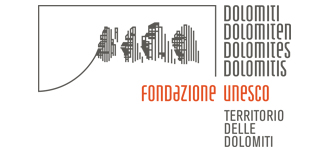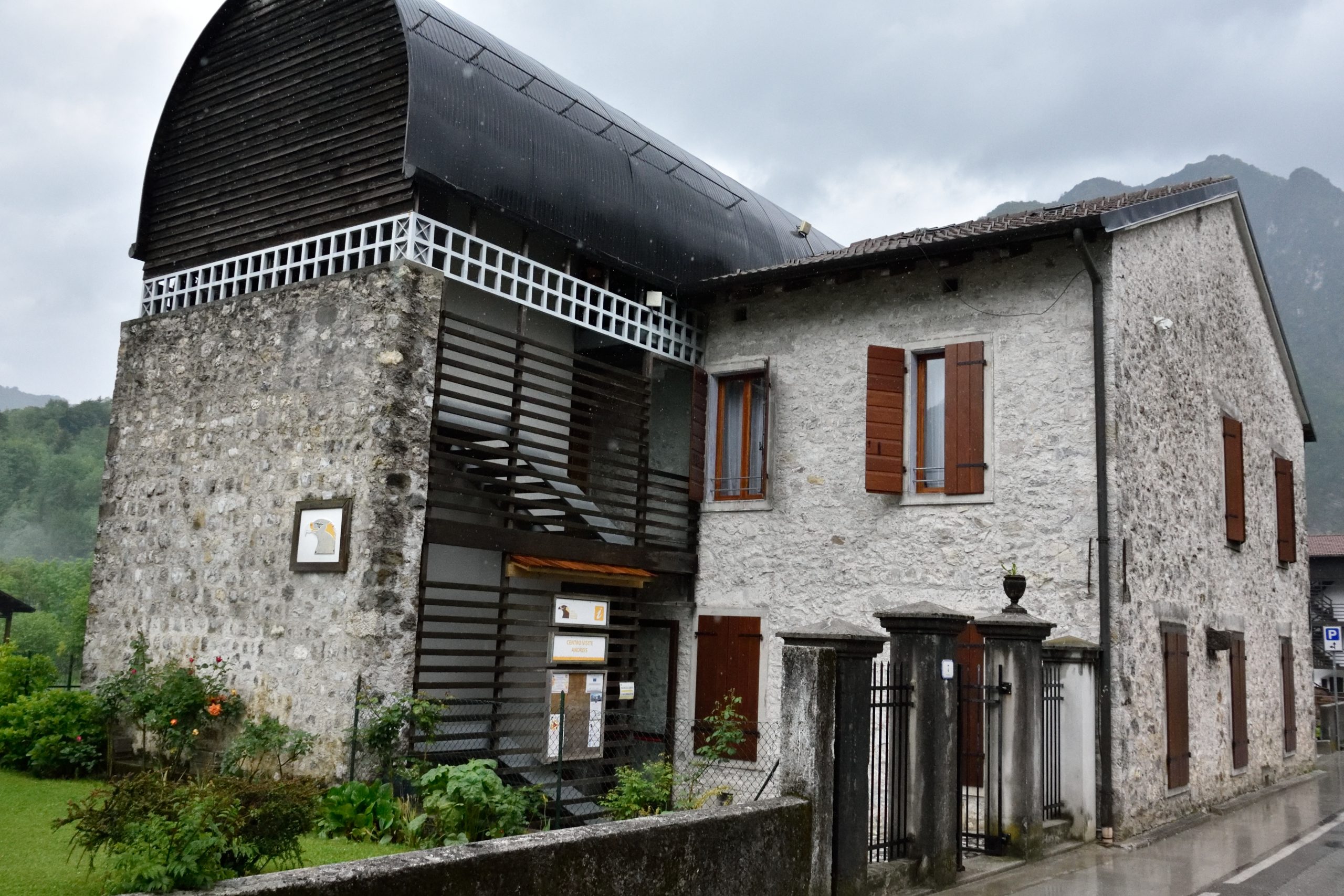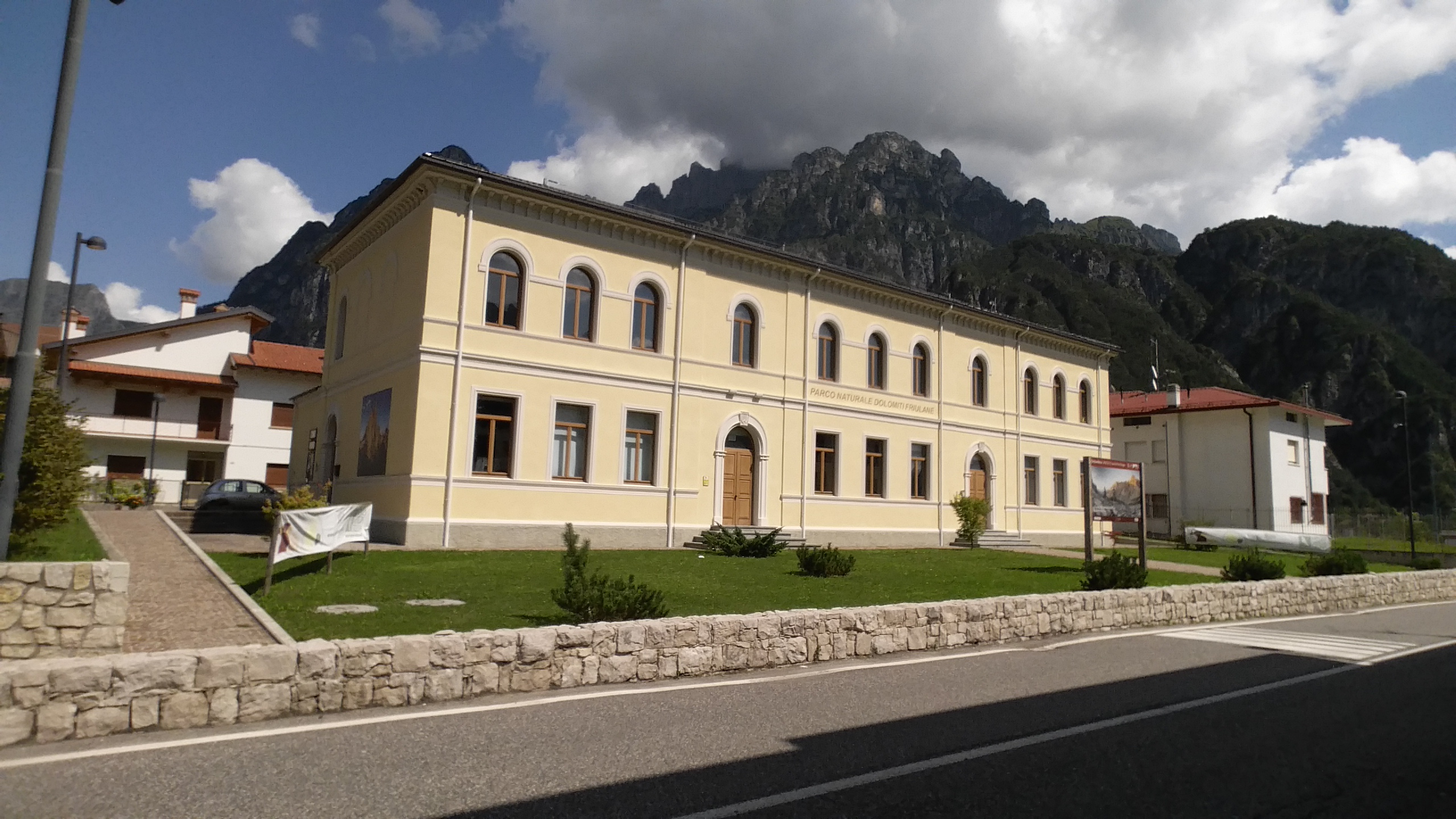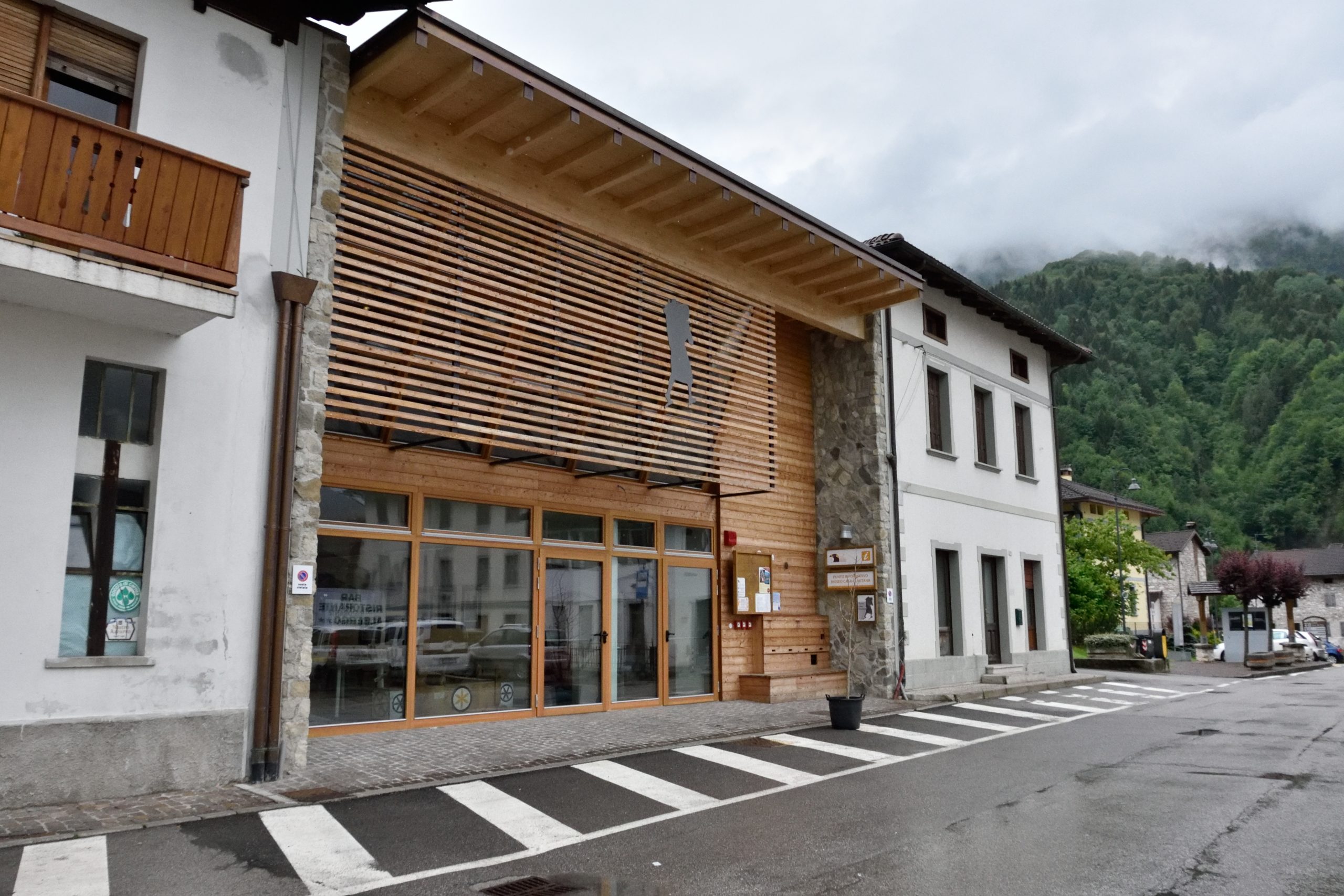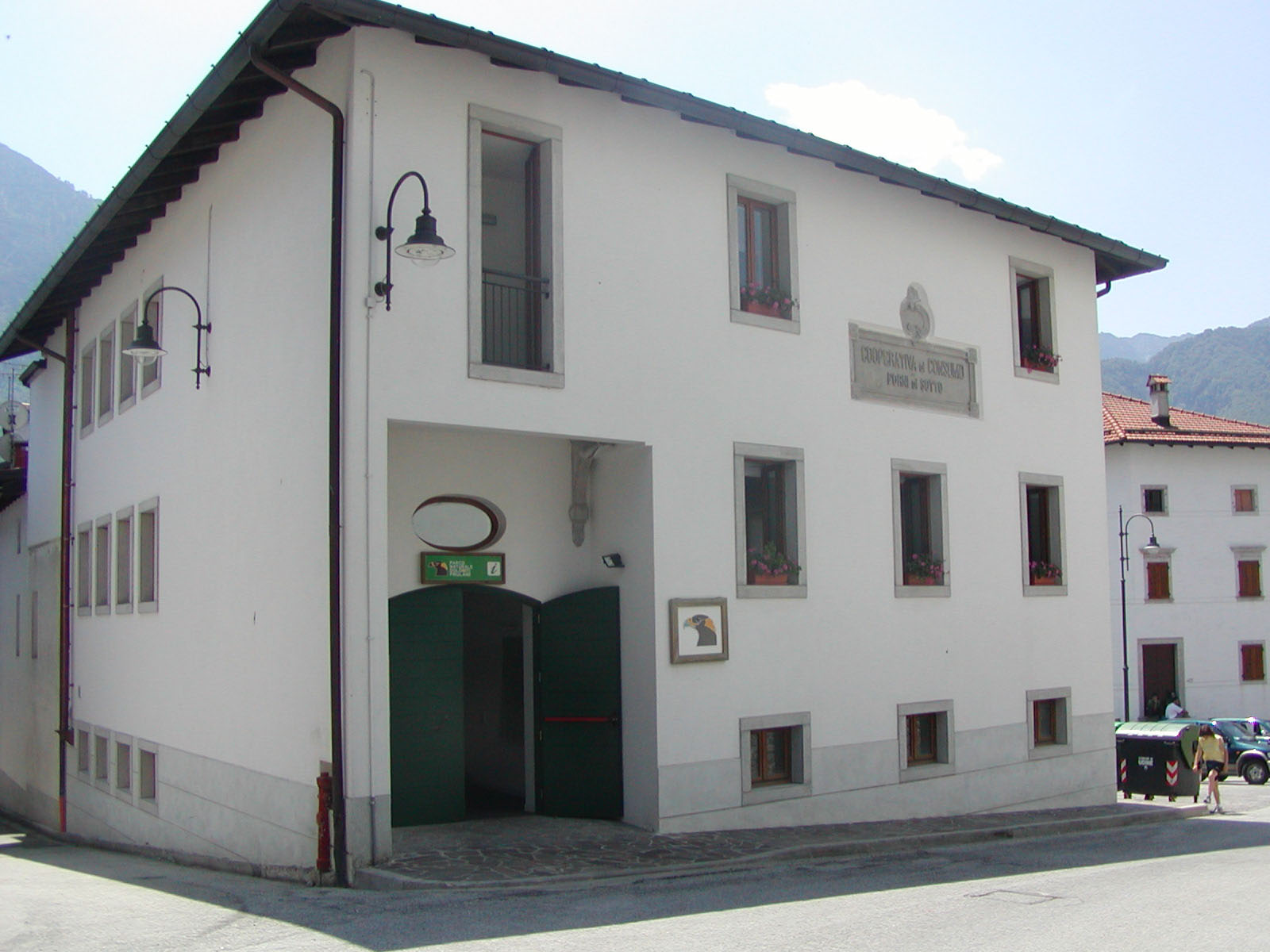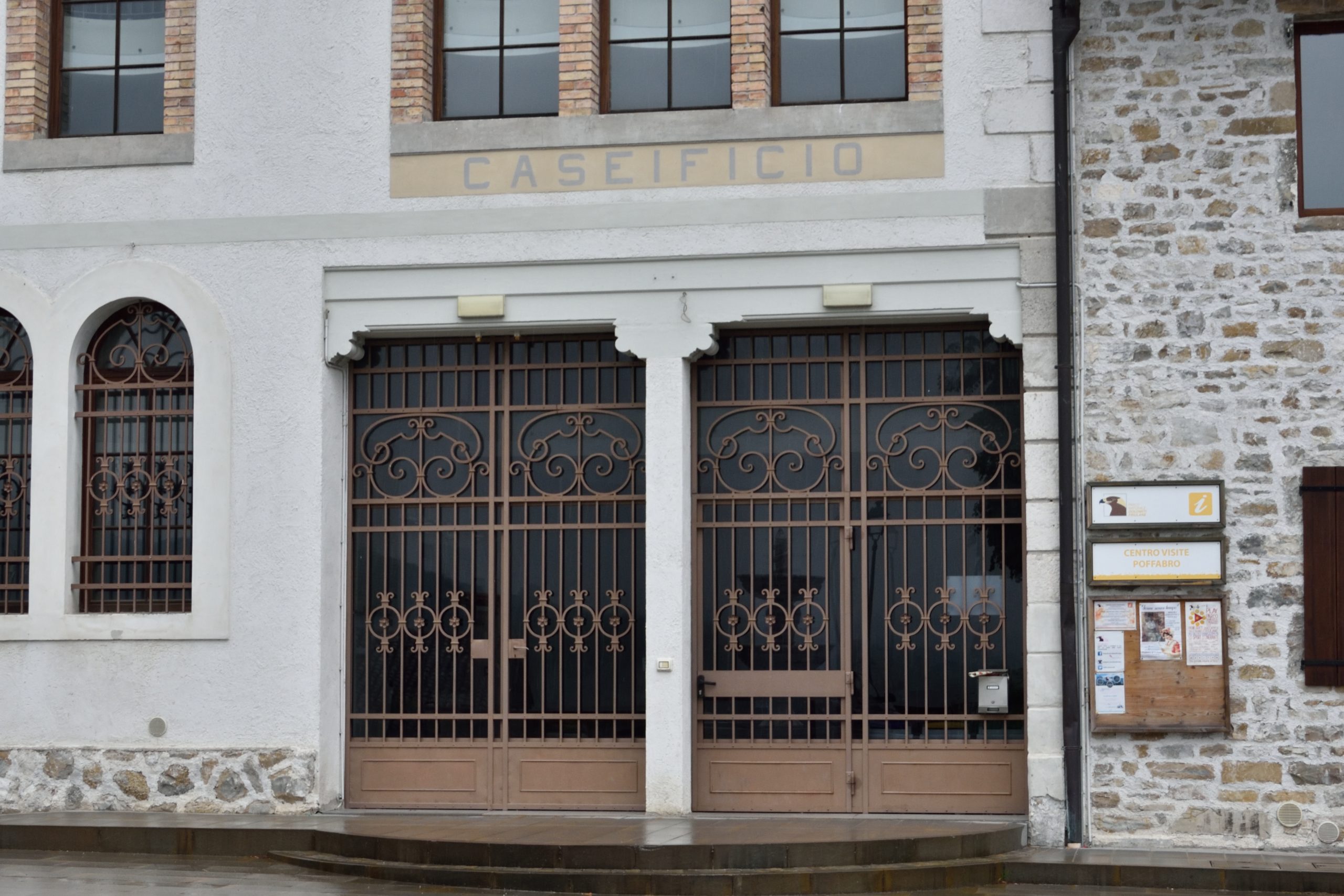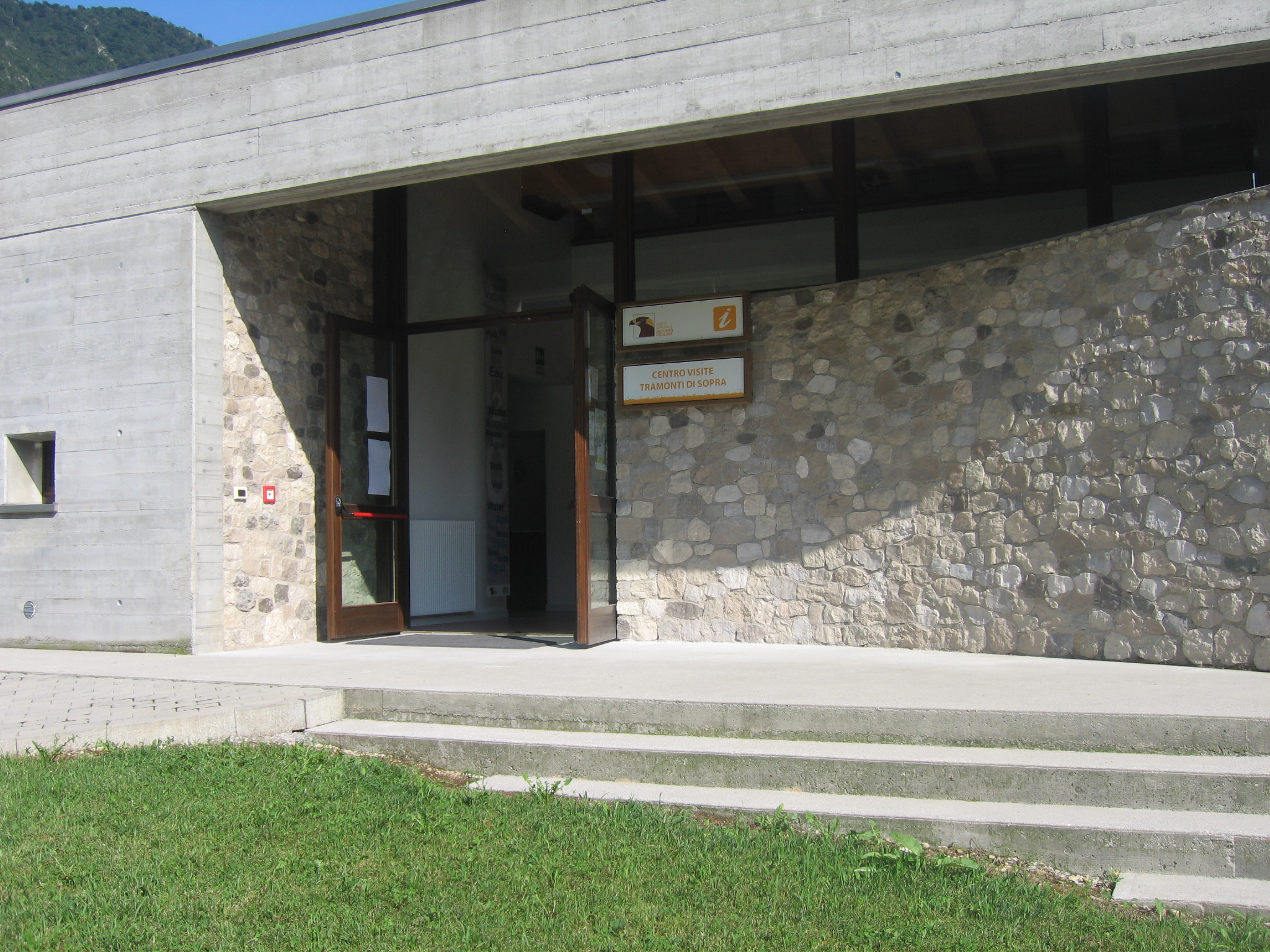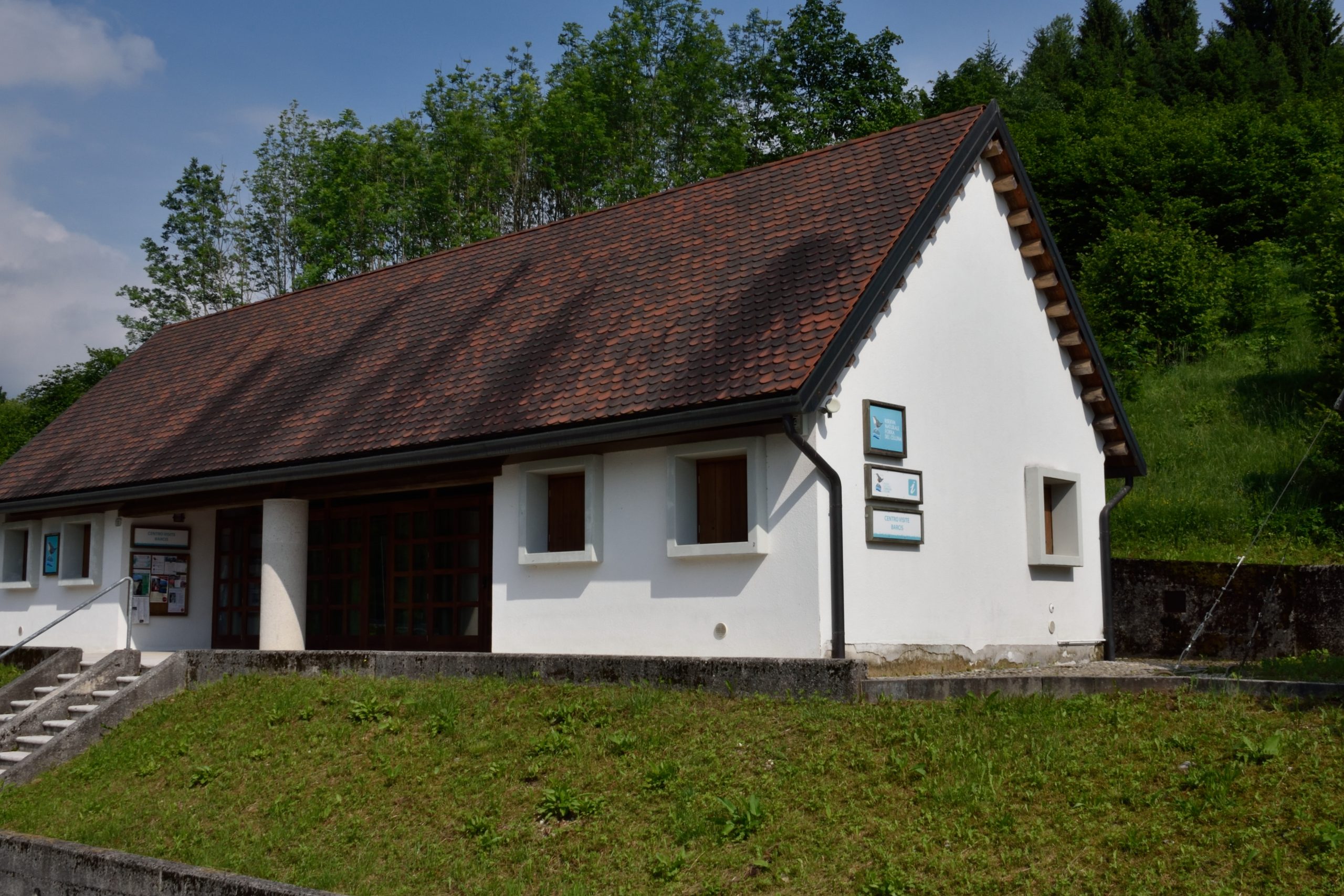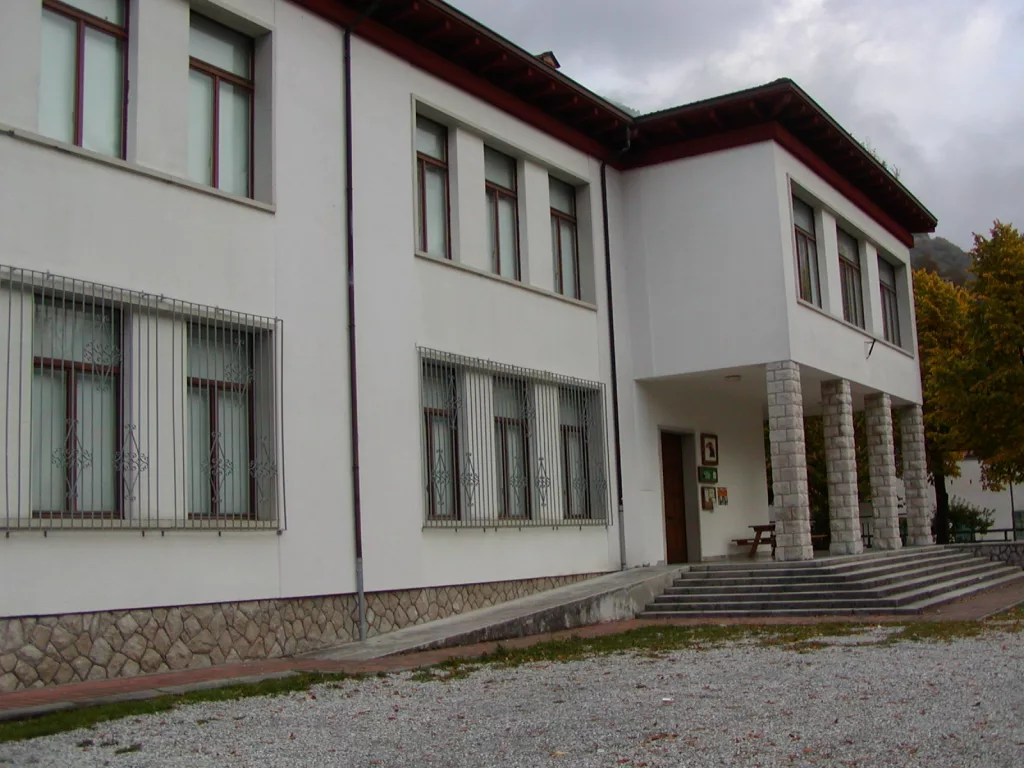ORARIO DI APERTURA DAL 1 GENNAIO AL 31 MAGGIO 2025
Aperto la Domenica 10.00-12.00 / 15.00-18.00
APERTO ANCHE DURANTE QUESTE FESTIVITÀ:
Da Mercoledì 1 gennaio a Lunedì 6 gennaio 2025 10.00-12.00 / 15.00-18.00
Sabato 11 gennaio e Domenica 12 gennaio 2025 10.00-12.00 / 15.00-18.00
Domenica 20 aprile e Lunedì 21 aprile 2025 10.00-12.00 / 15.00-18.00
Da Venerdì 25 aprile a Domenica 27 aprile 2025 10.00-12.00 / 15.00-18.00
Da Giovedì 1 maggio a Domenica 4 maggio 2025 10.00-12.00 / 15.00-18.00
EXHIBITION “THE PARK VEGETATION”
The exhibition takes the visitor through the various aspects of the vegetation of the Friulian Dolomites; it starts with general information about the vegetation of the mountain environment to get to the complex and important historical relationship between man and plants. Are presented also the most interesting natural features as adaptations to significant environmental problems, endemic species and the different forms in which the plants are organized in permanent communities. The building also operates as a botany laboratory, hosting, among other things, temporary exhibitions related to herbs and mushrooms. On the top floor of the structure there is also a multimedia conference room. To the Visitors Center are connected the “Children’s Trail” (nature trail suitable for school and family groups) and “The botanical garden” created thanks to an initiative which involved the Park, the Consortium of the Friulian Dolomites, the Municipality and the schools of Forni di Sopra. To these realities has been added in spring 2005, the “Path of food and healing plants”. The aim of this project is to preserve the historical memory of the traditions related to native crops, promoting knowledge, to offer practical examples of productive use of food and healing herbs and to contribute to the tourist development of the territory.
- INDIRIZZO: Via Vittorio Veneto, 1 33024 Forni di Sopra (UD)
- TELEFONO: +39 042787333
- EMAIL: info@parcodolomitifriulane.it
THE FLORA BIOTOPES
A large living mosaic The mountain landscape is like a complex mosaic of different living communities. Each community occupies a more or less large space said biotope. All flora habitats determines the physiognomy of the plants’ landscape.
VEGETATION AND ENVIRONMENT
It is consisting of all plant organisms living in a specific environment. In the alpine environment the vegetation is shaped by environmental factors such as altitude, slope exposure, amount of precipitation, type of rocks and so on.
- The vegetation forms The characteristics of structure and development of vegetable sets determine the vegetation types. The vegetation can be herbaceous, shrubby or arboreal. In the first case prevail meadows and pastures, in the second case bushes and shrubs, in the third case woods and forests.
- The vegetation of the Friulian Dolomites On the park mountains the vegetation includes the three most typical structural forms: pastures, shrublands, woodlands and forests. To these are added other due to the special nature of the environment and to the man work. In the first case, for example, the pioneer vegetation of rock type; in the second case instead the vegetation of the cultivated valley.
- The types of vegetation In the Park of the Friulian Dolomites prevails the forest vegetation. In the largest forest context of woody type is mainly or exclusively constituted by beeches (Fagus sylvatica). The main type of vegetation is therefore represented by the beech forest.
- The altitude and vegetation At different altitudes the environment climate features change. In the alpine environment 100 m more correspond to a climate change of 3 degrees in latitude. It therefore follows that the climate and vegetation of the highest alpine altitudes are similar to the climate and vegetation of the arctic tundra.
- The Mountain Pine and the alpine pasture
- The beech and coniferous forests
- The mowable lawn and pine forests
MOUNTAIN SEASON
Seasons, which in our plains correspond to the duration set by the astronomical calendar, definitely change their duration in relation to altitude. The 250 days of the growing season typical of lower altitudes are reduced to only 70-100 days at higher altitudes.
ECOLOGICAL LAYERS
The scree slopes are covered by an incessant work of colonization by plants. The phases of this long and arduous process are called ecological layers. The stages are essentially three and occupy a time period between 20 and 50 years.
ENDEMICS SPECIES
Endemic plant species are divided into geographic groups (Eastern, Insubric, Western endemics …). In the park area there are numerous oriental endemics and, among these, also precious regional ones.
ADAPTATION
- Flora of the scree slopes Frugality that allows the tenacious flora of scree slopes to live and perpetuate itself in such a difficult environment is derived from specific adaptations that the various species have suffered in the course of their evolution. Among these, the reduction of the foliar surfaces to limit the loss of water by transpiration, the substantial root development and the ability to germinate in the dark and deep layers of the breaches.
- Flora of the cliffs The rocks of the Southern Alps, which the Friulian Dolomites belong to, is calcareous or dolomite- calcareous. The morphology of the mountains of the park is characterized by walls often sub-vertical and by more or less densely fractured rocks from perennial demolition phenomena. The rock environment is therefore characterized by high temperature, by prolonged lack of water and extreme scarcity of fertile substrate.
HEALING AND FOOD PLANTS
The plants used for the treatment of some human disorders or diseases are called healing herbs. It is a practice as old as man, grew up with human culture and deeply rooted in it. The so-called officinal plants have been described in treatises or gathered in herbaria for more than 5000 years. Also the own popular culture of the Friulian Dolomites handed down knowledge regarding the use of wild plants. Other topics are fully described in other vistiors centers:
Altri argomenti presenti ma più ampiamente descritti in altri Centri visite:
- The exploitation of the forest
- The modern forest management
- The role of forests
- The exploitation of the forest
- The wood craftsman
- The exploitation of meadows and pastures
- The hay culture
- The alp
- The Park’s alpine huts

